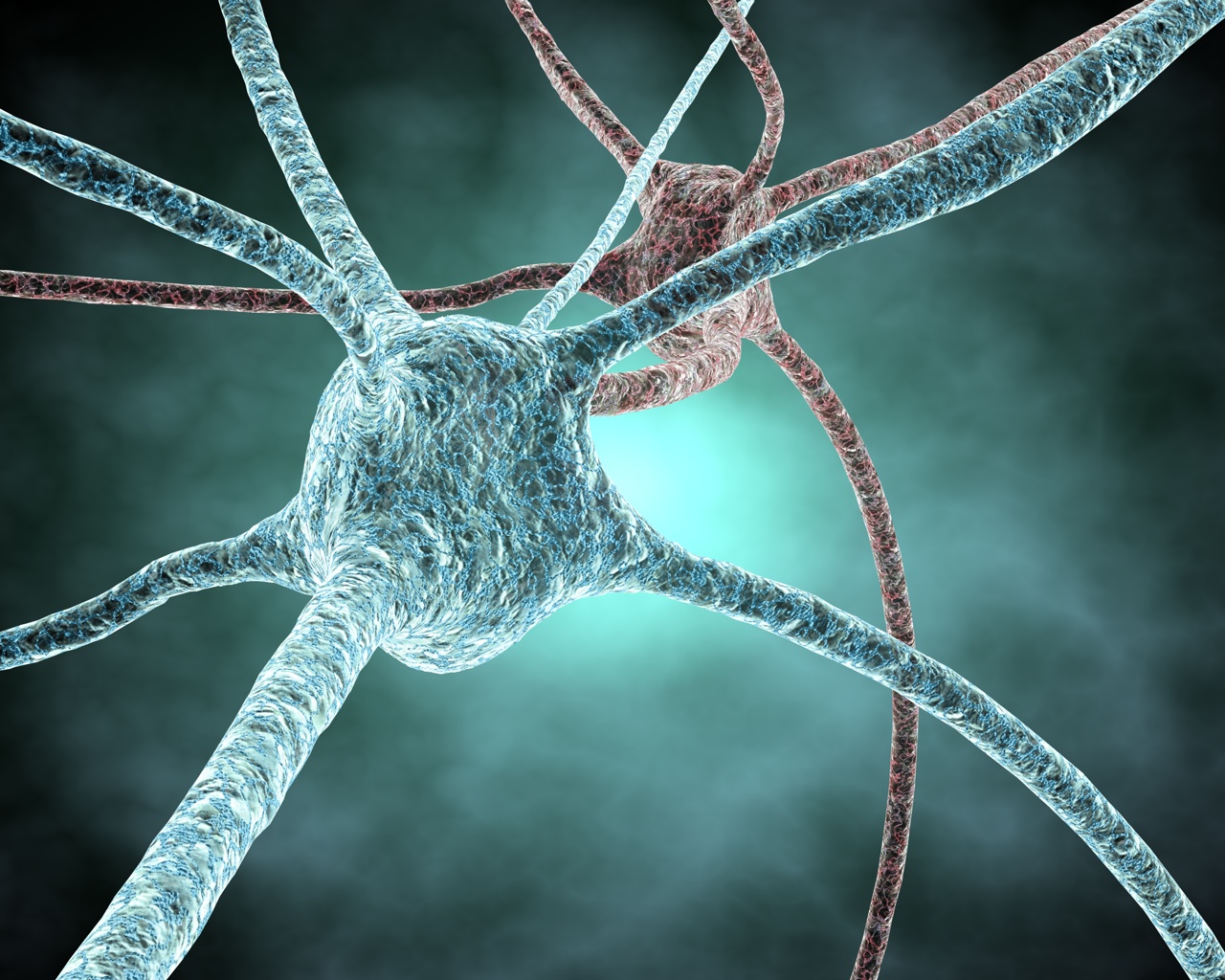BUSM Researchers Uncover New Possible Approach for Treating Schizophrenia
Researchers at Boston University School of Medicine (BUSM) have uncovered important clues about a biochemical pathway in the brain that may one day expand treatment options for cognitive deficits seen in schizophrenia. The study, published online in the journal Molecular Pharmacology, was led by faculty members David H. Farb, PhD, Terrell T. Gibbs, PhD, and Shelley J. Russek, PhD in the department of pharmacology & experimental therapeutics at BUSM.

Patients with schizophrenia suffer from a life-long condition that can produce cognitive deficits, delusions, disordered thinking, and breaks with reality. A number of treatments are available for the treatment of schizophrenia, but many patients do not respond to these therapies or experience side effects that limit their use. There is no current treatment for the cognitive deficits experienced in schizophrenia.
The healthy brain is made up of billions of cells including the primary signaling cells called neurons, that are responsible for managing everything the body does: including movement, eating behavior, and memory formation. These neurons acts like a miniature computer and are controlled by substances called neurotransmitters that, like bits in a computer chip, may be “turned on” or “turned off” depending on the specific signals being integrated. Neurotransmitters latch onto a cell via a specific receptor, like a key fits into a lock.
In schizophrenia, it is thought that certain neurons don’t “turn on” as well when exposed to a certain neurotransmitter, the amino acid glutamate, may not be sensed by one of its key receptors (the NMDA receptor) whose diminished function may be the possible culprit for these sluggish cells. It is thought that this deficit can at least partially be responsible for symptoms seen in schizophrenics.
Currently the therapeutic means for making these cells more “sensitive” to glutamate can be toxic to the brain.
In this study, researchers discovered that another, naturally occurring steroid within the brain, known as PregS, may be able to bypass this toxic effect, and “turn on” neuron communication safely through a novel mechanism. The implication is that a deficit in the amount of this novel steroid may underlie deficits in signaling and that stimulation using therapeutics that elevate its levels in the brain may decrease or eradicate some of the debilitating symptoms seen in schizophrenia.
Although still in the early stages, further research in this area may be instrumental in the identification and development of treatments not only for schizophrenia, but also for other neurological conditions, such as age-related decreases in memory and learning ability.
View the full paper online: A Role for Picomolar Concentrations of Pregnenolone Sulfate in Synaptic Activity-dependent Ca2+ signaling and CREB Activation